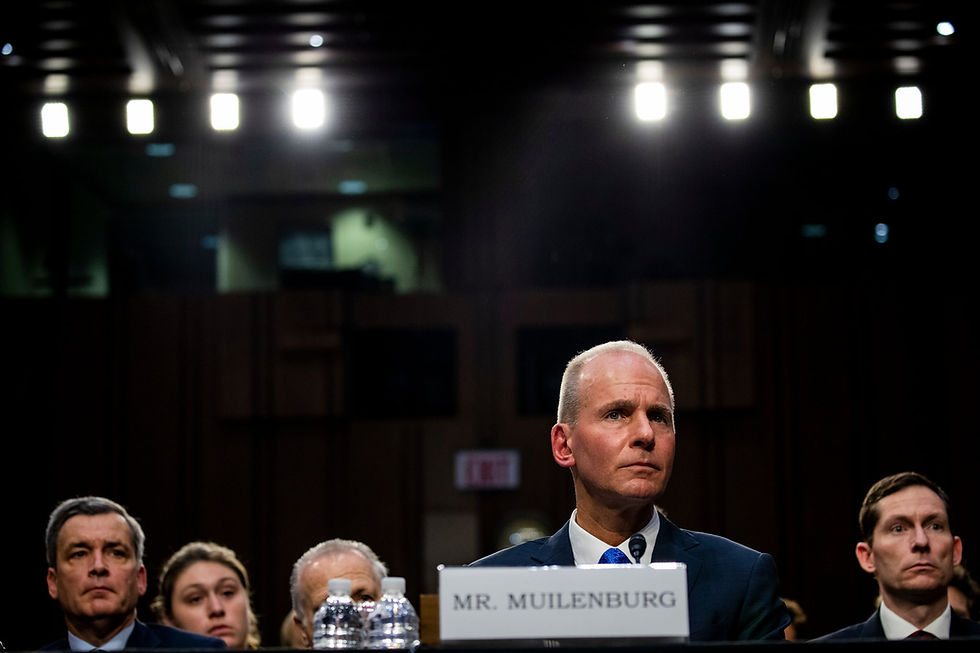How to Crash a Company’s Reputation (and Business)
- Dr. Emre Dogru

- Jan 28, 2020
- 2 min read
The troubles that Boeing is going through offers great lessons about a company’s leadership, governance and political connections.
The troubles that Boeing is going through offer great lessons about a company’s leadership, governance and political connections.ople in 2019. During a Congressional hearing, Boeing CEO apologized and admitted the design mistakes of Max. The testimony seemed to have focused on engineering errors and how safety problems could have been prevented if there were a more robust regulatory mechanism. Recent reports appeared in the New York Times and Quartz, however, explain how the roots of the crisis go way back.
Mistakes Deeply Ingrained in Culture and Governance
According to the New York Times, the plane accident near Amsterdam in February 2009 in the Netherlands - which killed 9 people - bore similarities with the two deadly crashes of 737 Max a decade later. A report by Dutch investigators, however, downplayed the findings by Dr. Dekker, a professor who was tasked to investigate the crash by the Dutch Safety Board. Dr. Dekker’s study found that while Turkish Airlines pilots made fatal mistakes, Boeing had also a significant responsibility. But the New York Times claims that a team of American federal safety officials and Boeing executives pressured the Board to emphasize the pilot mistakes only.
The report by Quartz takes the story even farther back and claims that Boeing’s current troubles are a consequence of its degenerating corporate culture, which started with the merger between Boeing and McDonnell Douglas in 1997.
“In a clash of corporate cultures, where Boeing’s engineers and McDonnell Douglas’s bean-counters went head-to-head, the smaller company won out. The result was a move away from expensive, ground-breaking engineering and toward what some called a more cut-throat culture, devoted to keeping costs down and favoring upgrading older models at the expense of wholesale innovation. Only now, with the 737 indefinitely grounded, are we beginning to see the scale of its effects.”
Who is to Be Blamed?

For politicians and regulators, it is easy to grill a chief executive publicly and acquit some individuals and institutions of the consequences. When you consider that the company is the largest manufacturer of the USA and employer of almost 140,000 workers, the political stakes get too high. Sure, as top decision-makers CEO should be accountable for the activities of corporations. After all, Mr. Muilenburg said “Boeing officials had asked themselves over and over again why they didn’t ground the plane sooner.” It also became public that a top pilot voiced concerns about the plane before the second crash.
But to prevent such troubles in the future, it is necessary to uncover the root causes that lead to organizational decisions. The problem is, most of the time fixing the underlying reasons requires systemic changes. As the Boeing case demonstrates, it is a question of culture and governance, as much as personalities and engineering. Let’s see how deep the restoration of the company will go.





Comments